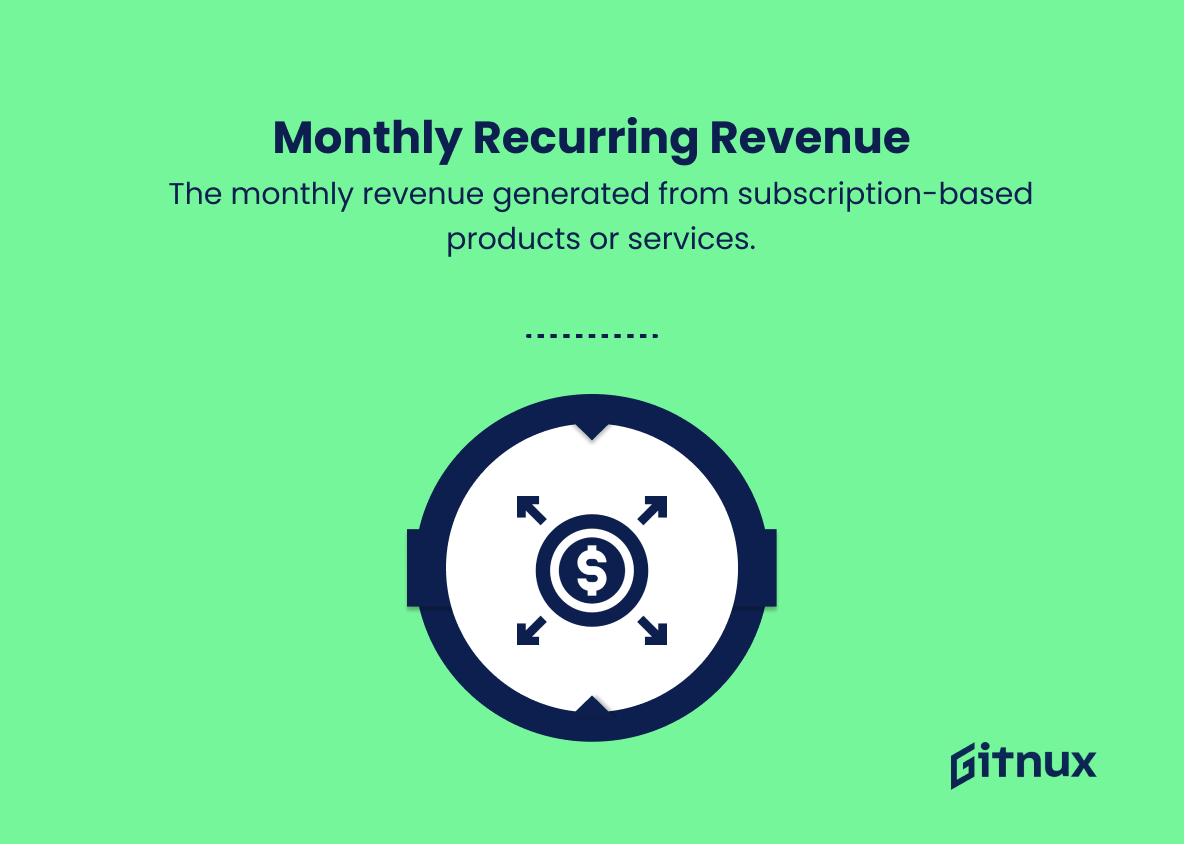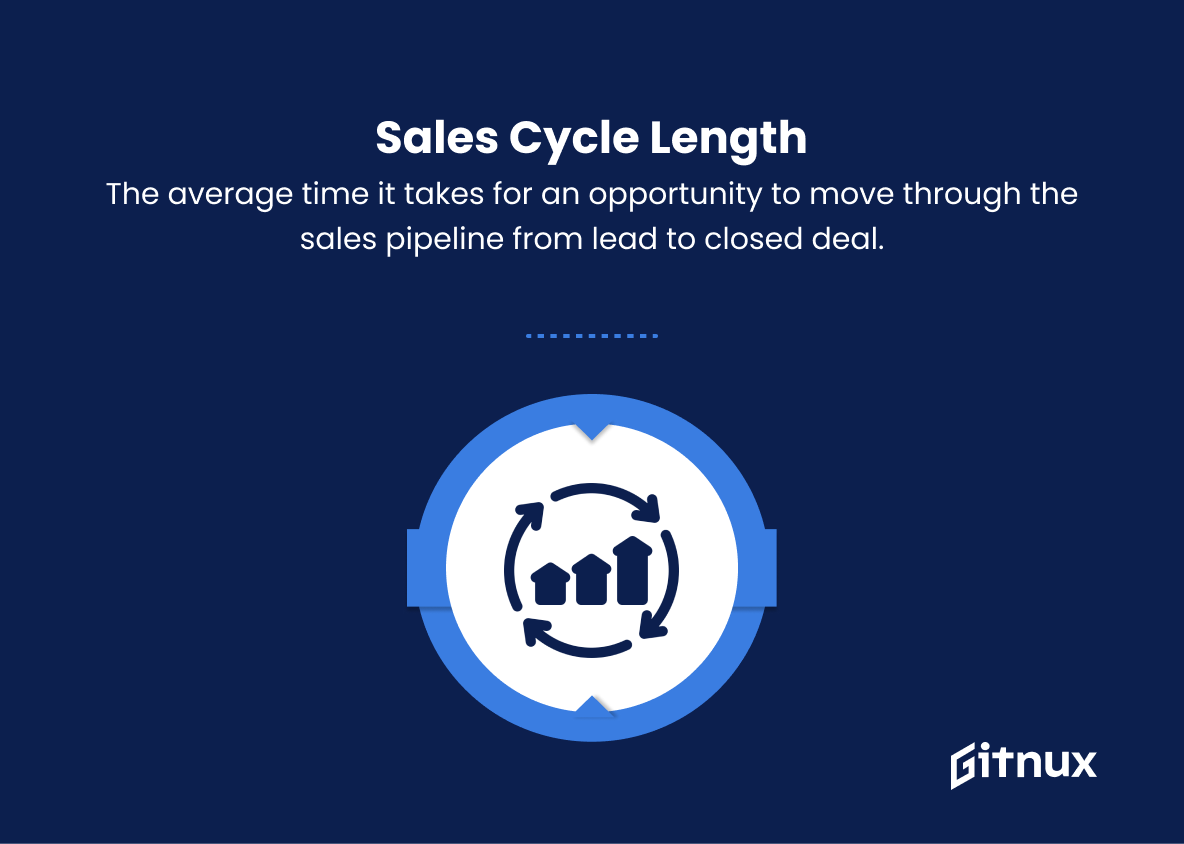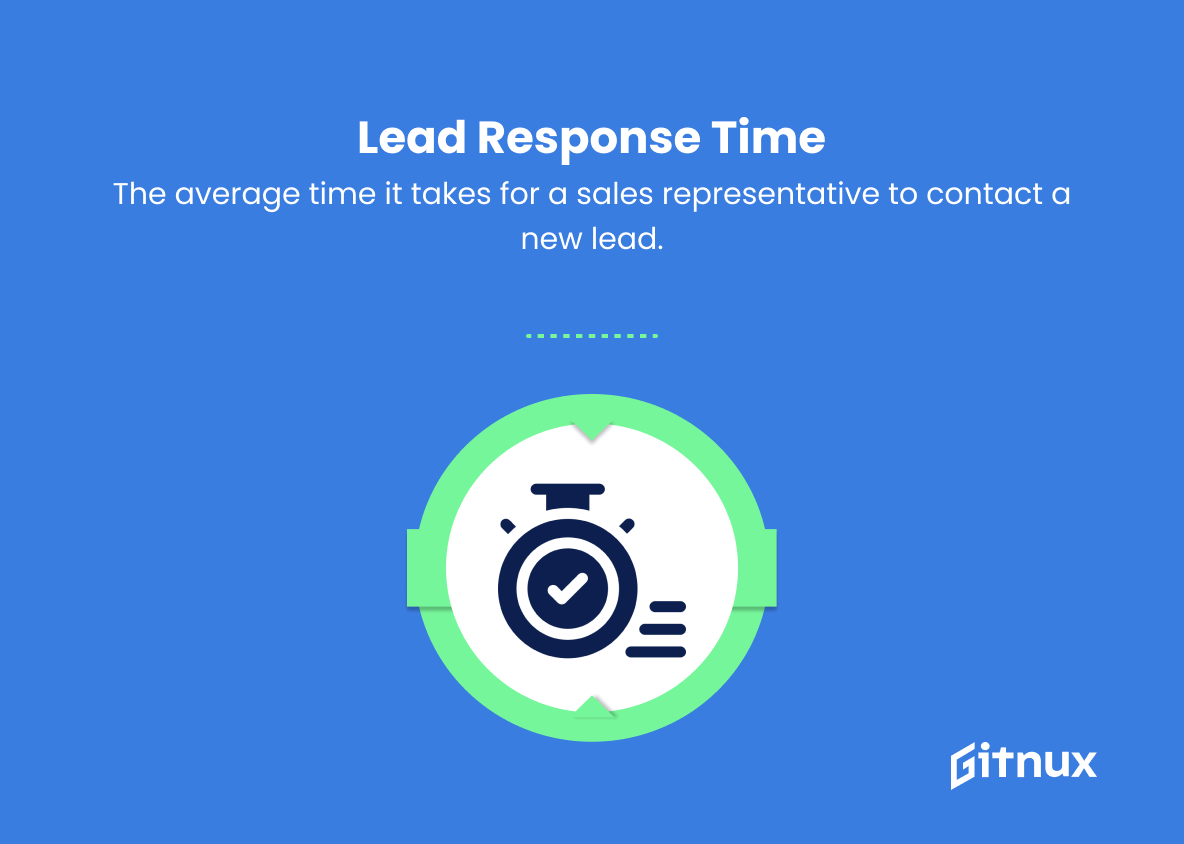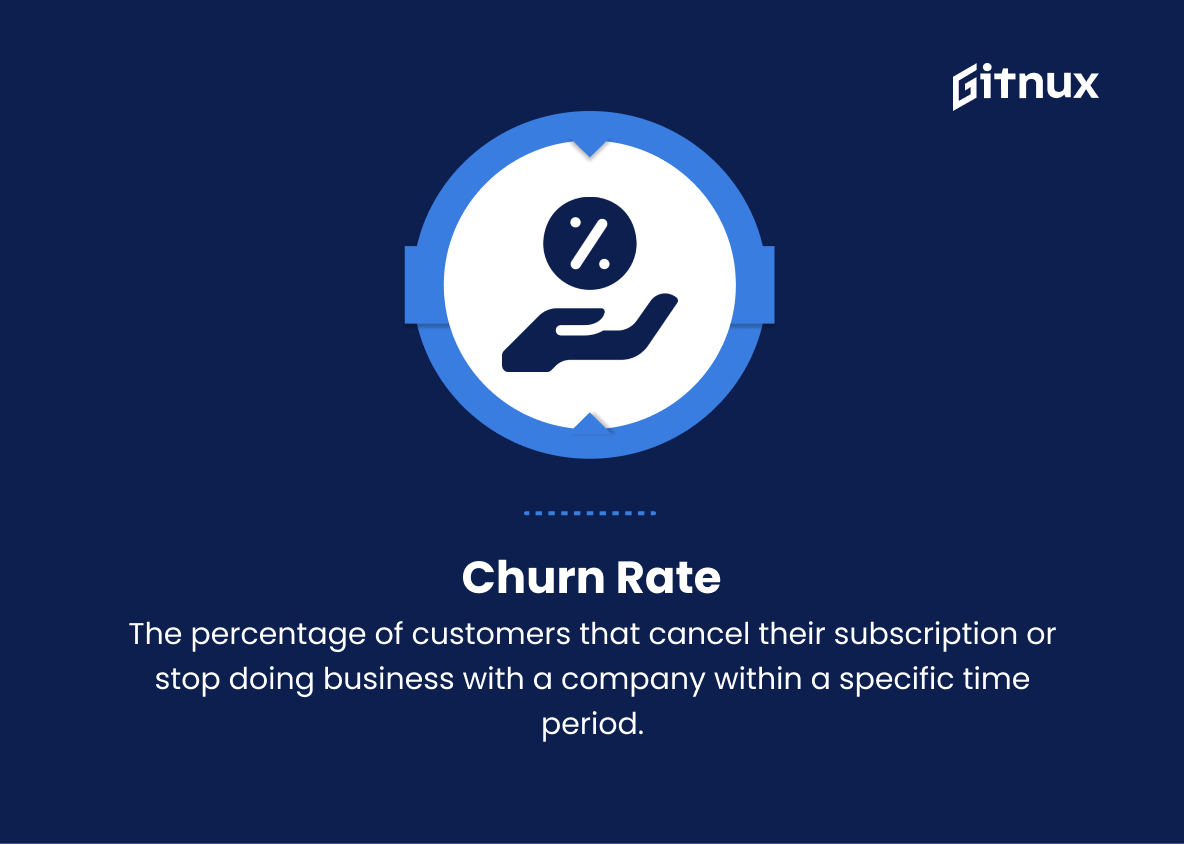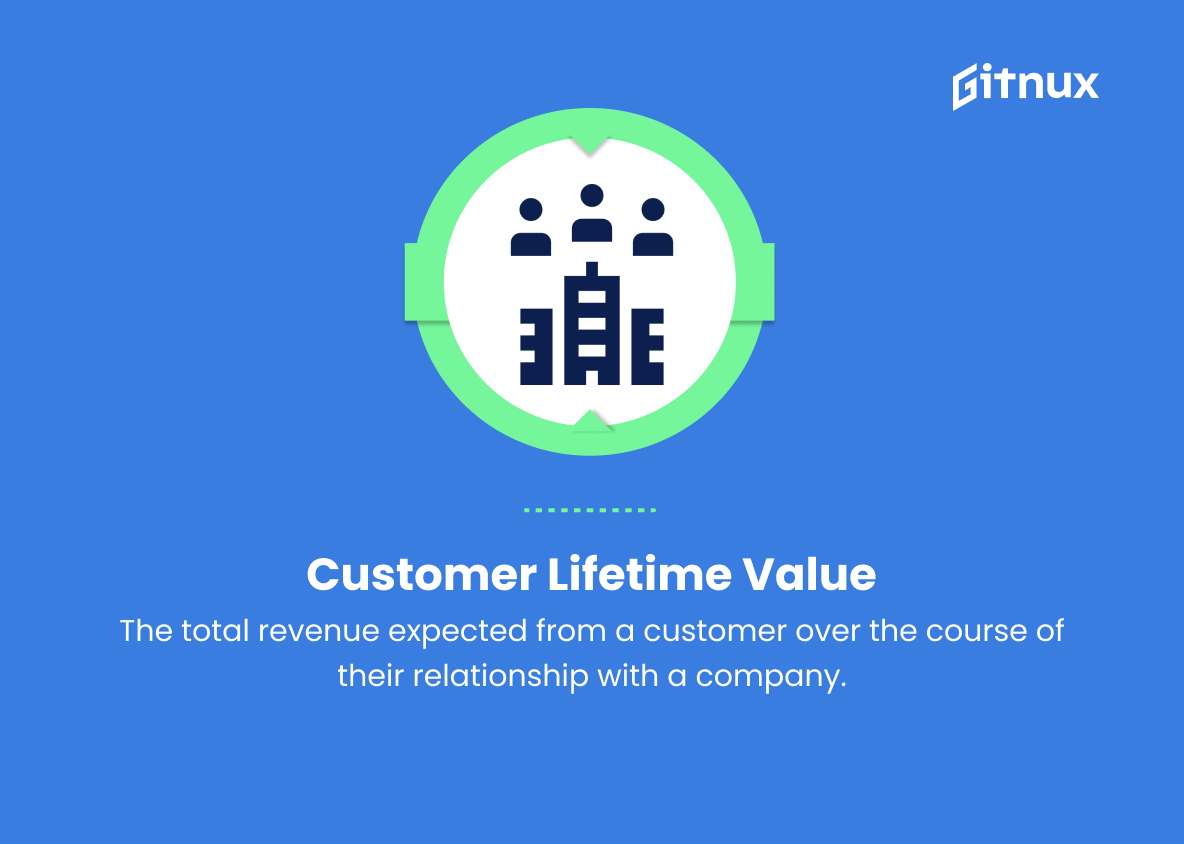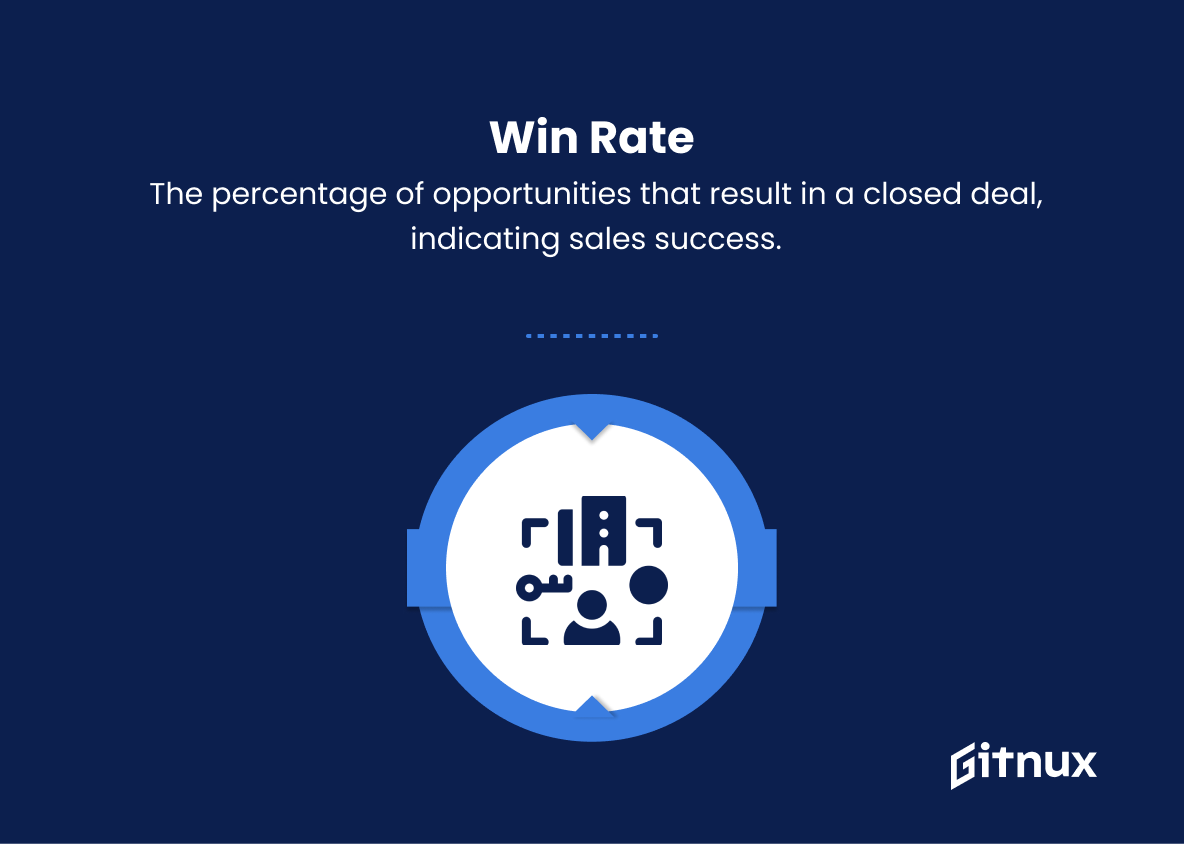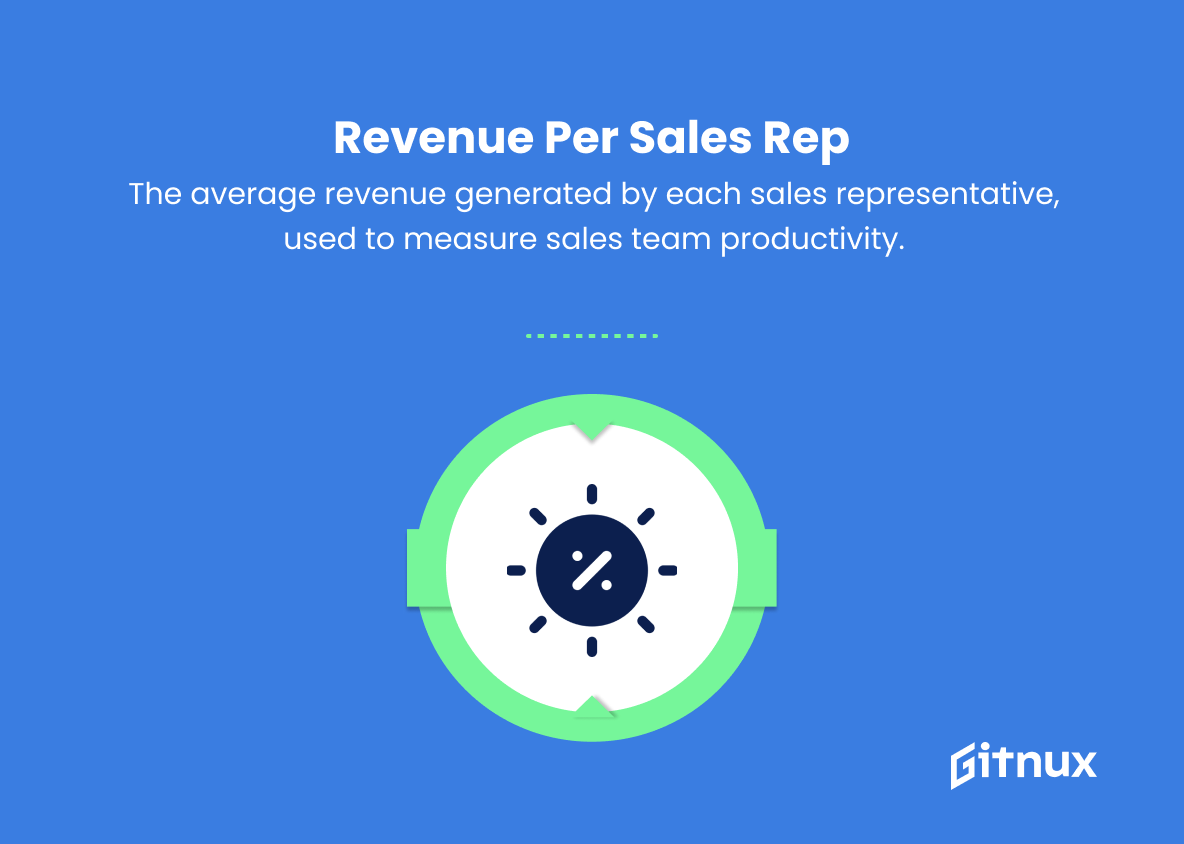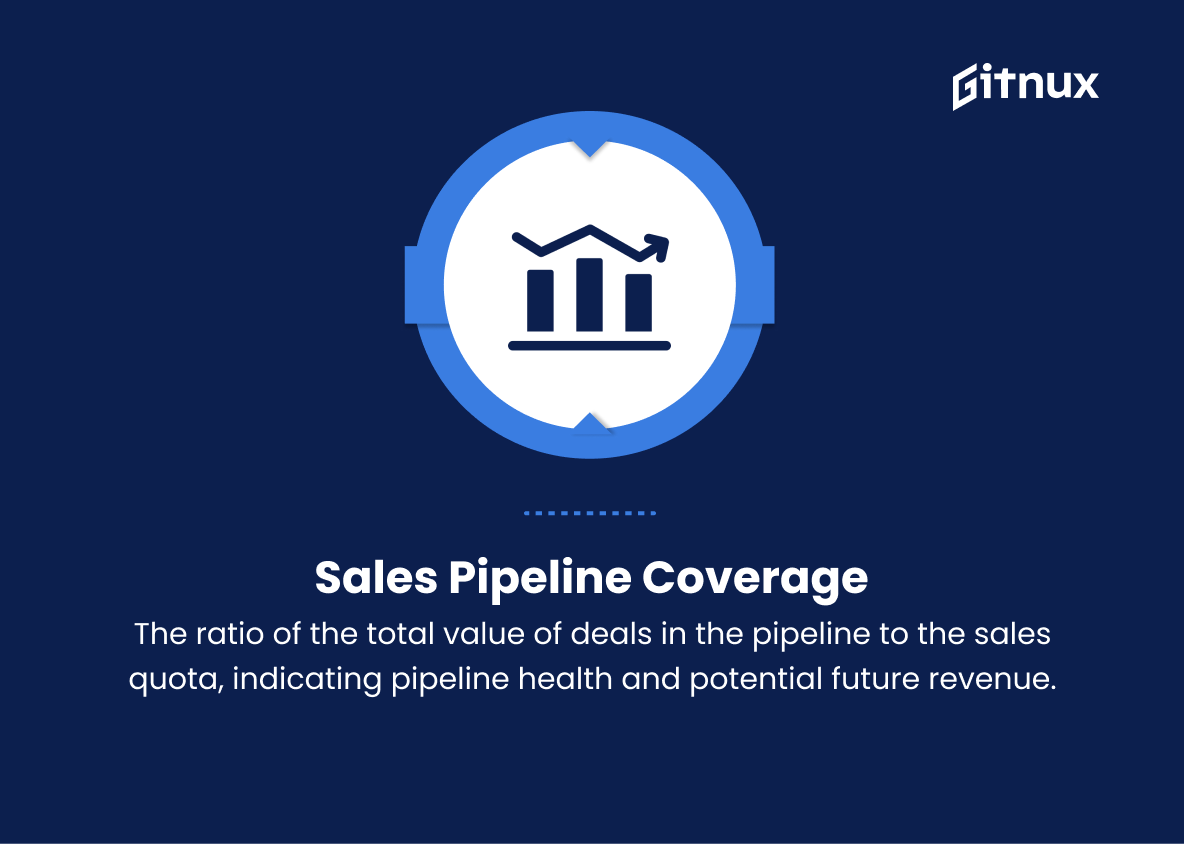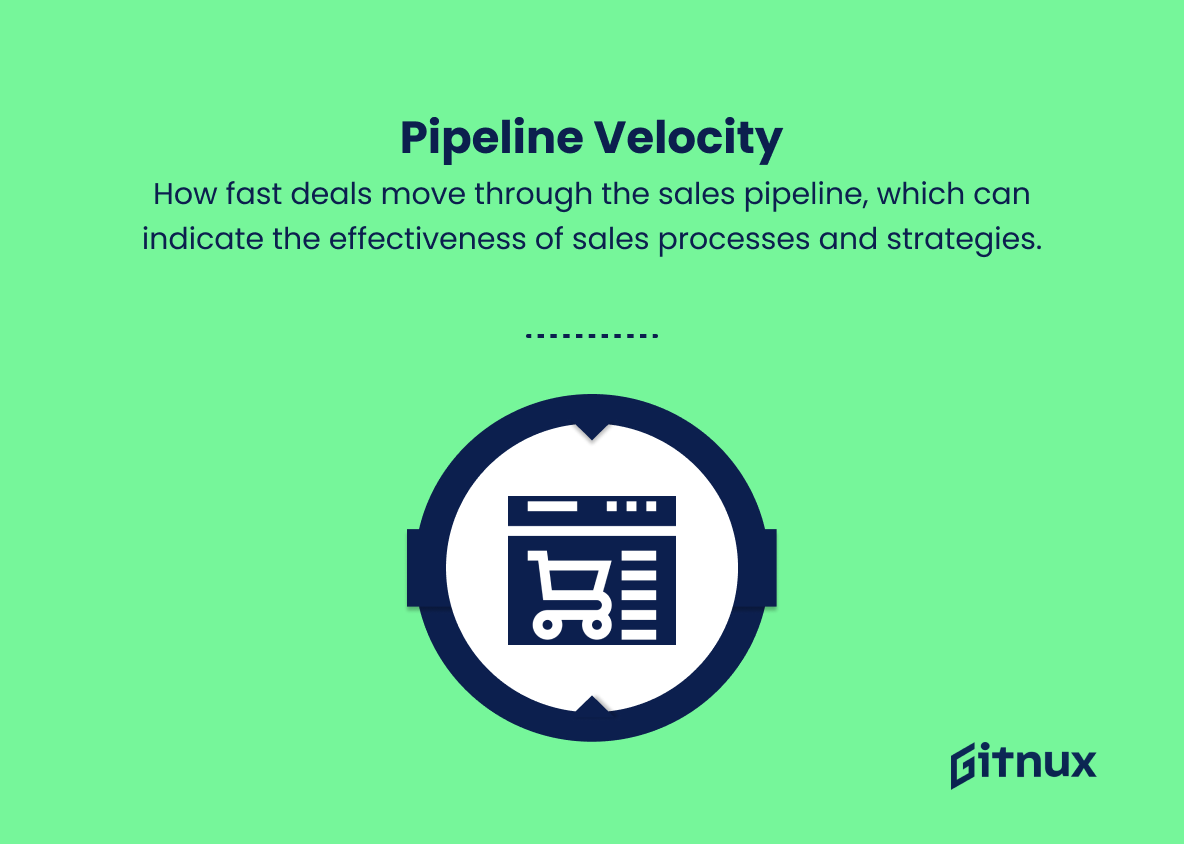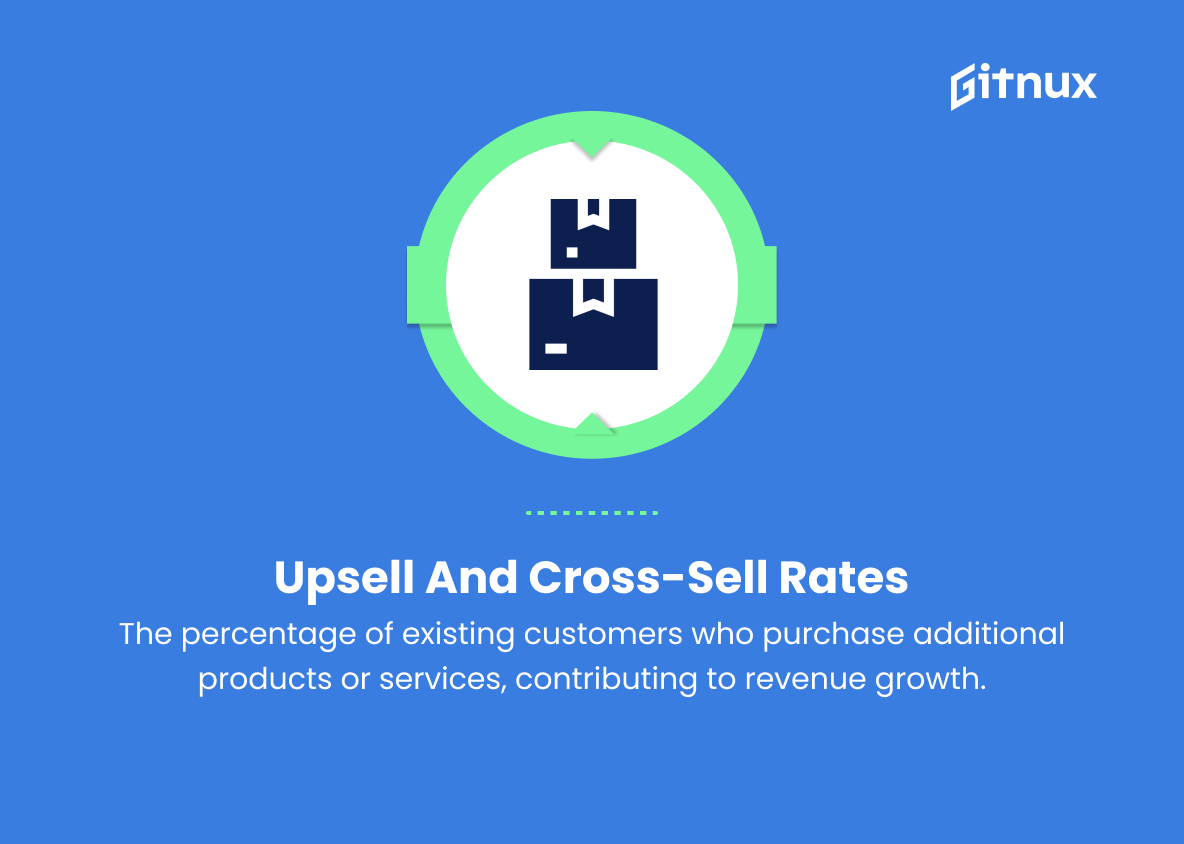In today’s rapidly evolving business landscape, understanding and analyzing critical data points has become instrumental in driving a company’s growth and success. As we delve deeper into the era of digital transformation, leveraging the power of Salesforce Metrics has become increasingly essential for organizations to stay ahead of the game. In this in-depth blog post, we will take a closer look at the various Salesforce Metrics that enable organizations to measure their performance, identify opportunities for improvement, and make informed decisions to enhance their overall customer experience and business outcomes.
Join us as we explore the world of Salesforce Metrics and unlock the key to optimizing your business processes, boosting your sales team’s productivity, and ultimately, driving your organization’s success to new heights.
Salesforce Metrics You Should Know
1. Annual Recurring Revenue (ARR)
The revenue generated from subscription-based products or services on an annual basis.
2. Monthly Recurring Revenue (MRR)
The monthly revenue generated from subscription-based products or services.
3. Average Deal Size
The average value of closed deals, which can help assess sales success and trends in buying behavior.
4. Sales Cycle Length
The average time it takes for an opportunity to move through the sales pipeline from lead to closed deal.
5. Conversion Rate
The percentage of leads that turn into paying customers.
6. Lead Response Time
The average time it takes for a sales representative to contact a new lead.
7. Churn Rate
The percentage of customers that cancel their subscription or stop doing business with a company within a specific time period.
8. Customer Acquisition Cost (CAC)
The total cost of acquiring a new customer, including marketing and sales expenses.
9. Customer Lifetime Value (CLTV)
The total revenue expected from a customer over the course of their relationship with a company.
10. Win Rate
The percentage of opportunities that result in a closed deal, indicating sales success.
11. Quota Attainment
The percentage of the sales quota that a sales rep or team achieves within a given time period.
12. Revenue per Sales Rep
The average revenue generated by each sales representative, used to measure sales team productivity.
13. Sales Pipeline Coverage
The ratio of the total value of deals in the pipeline to the sales quota, indicating pipeline health and potential future revenue.
14. Pipeline Velocity
How fast deals move through the sales pipeline, which can indicate the effectiveness of sales processes and strategies.
15. Upsell and Cross-Sell Rates
The percentage of existing customers who purchase additional products or services, contributing to revenue growth.
16. Average Customer Engagement Score
A measure of the level of interaction and engagement between a customer and a company, which can influence customer loyalty and revenue growth.
17. Net Promoter Score (NPS)
A customer satisfaction metric that measures how likely a customer is to recommend a company to others on a scale of -100 to 100.
18. First Call Resolution (FCR)
The percentage of customer support cases resolved during the first interaction, indicating the effectiveness of support in addressing customer issues.
19. Return on Sales (ROS)
The company’s net income divided by its revenue, measuring the efficiency of operations and profitability.
Salesforce Metrics Explained
Salesforce Metrics are essential to help businesses track their performance and identify areas for improvement. Annual Recurring Revenue (ARR) and Monthly Recurring Revenue (MRR) measure the stability of revenue generated from subscription-based products or services over time. Metrics like Average Deal Size, Sales Cycle Length, Conversion Rate, and Win Rate provide insights into sales success and customer buying behaviors.Timely responses to new leads are critical, and metrics like Lead Response Time and Churn Rate help track customer retention and satisfaction.
Metrics such as Customer Acquisition Cost (CAC), Customer Lifetime Value (CLTV), and Sales Pipeline Coverage help assess the overall cost-effectiveness and potential future revenue of the sales process. Monitoring Revenue per Sales Rep and Pipeline Velocity can reveal the productivity and efficiency of sales teams, while Upsell and Cross-Sell Rates indicate additional revenue generation opportunities.
Customer engagement is vital to revenue growth, which is measured using metrics like Average Customer Engagement Score, Net Promoter Score (NPS), and First Call Resolution (FCR). Ultimately, Return on Sales (ROS) is a key indicator of a company’s ability to use these metrics effectively to drive profitability and operational efficiency.
Conclusion
In conclusion, effectively utilizing Salesforce metrics allows businesses to gain valuable insights into their sales and customer management processes. By keeping track of these key performance indicators, organizations can optimize their sales strategies, make informed decisions, and ultimately, drive revenue growth. It is crucial for companies to constantly evaluate and adjust their Salesforce performance to stay ahead in this competitive market.
Through diligent attention to Salesforce metrics, organizations can ensure better customer engagement and foster long-term client relationships, putting them on the path to sustained success in their industry.

